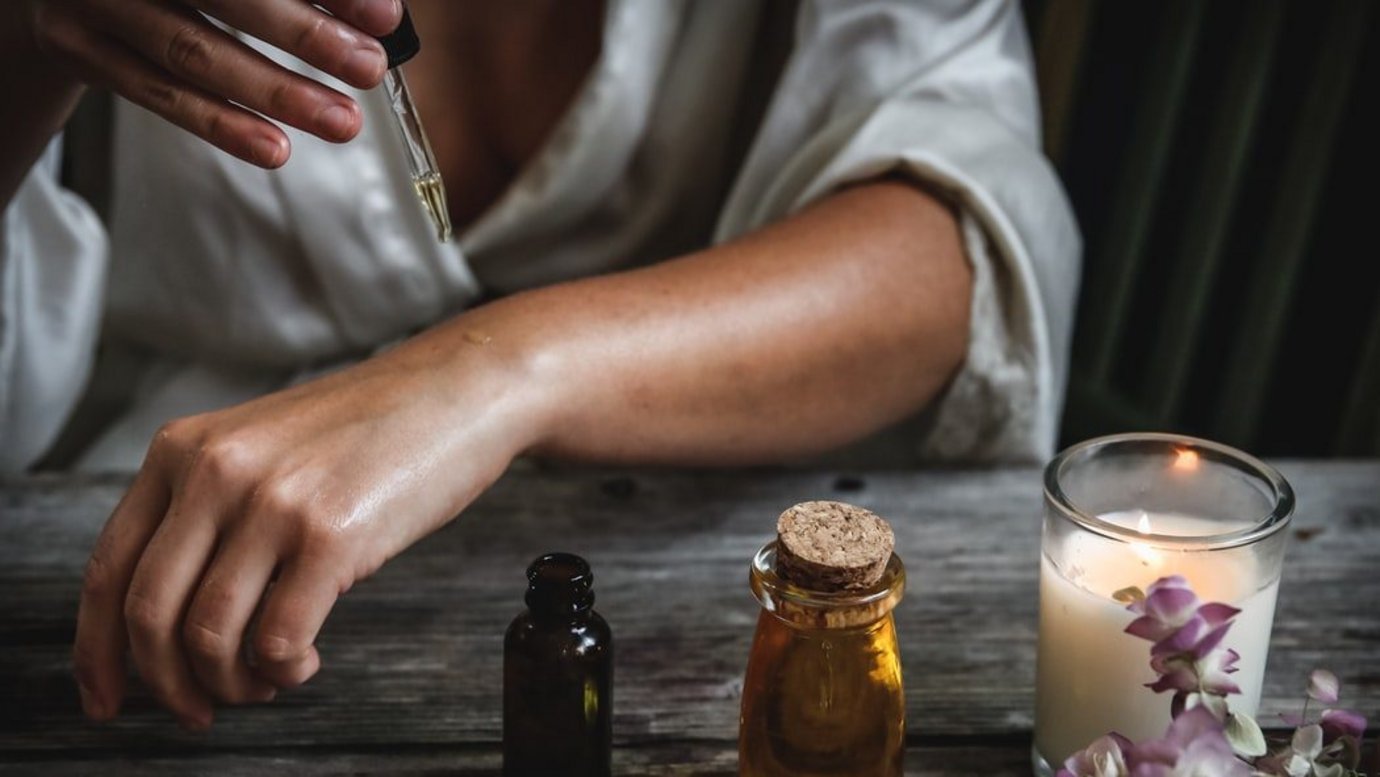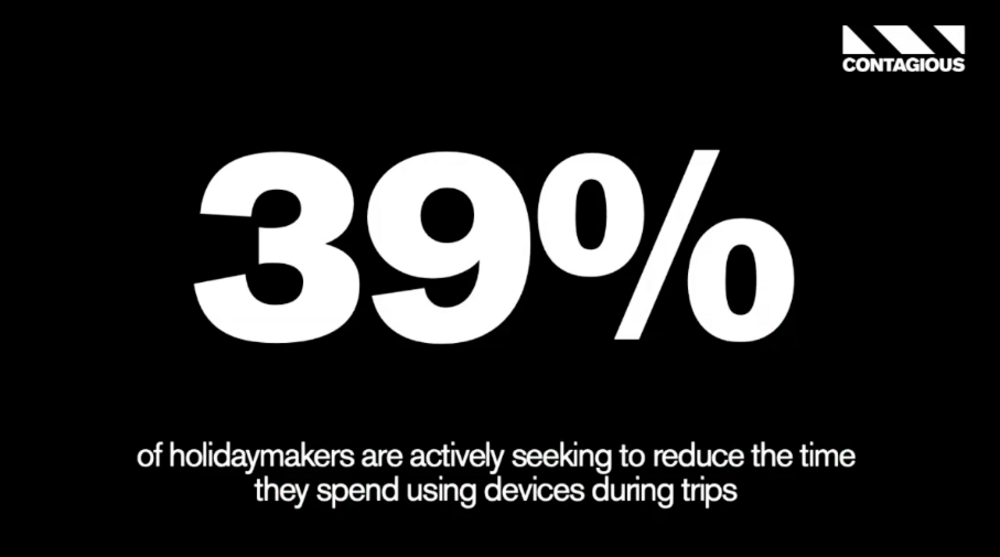Promoted content
Smashing Stereotypes / Wellness /
In the final session in our Smashing Stereotypes series with Lively, we tackle wellness.
Phoebe O’Connell
/
Don’t underestimate the reach and diversity of the wellness industry, said Lively CEO Mike White on Wednesday.
The concept of holistic wellness originated in India in 5,000 BC and has since spread around the world, attracting its fair share of criticism in the process.
Today, this all-encompassing term generally refers to self-awareness and making choices to create a better life, said Contagious staff writer George Wyndham. ‘According to the Global Wellness Institute, 5.3% of all global economic output can be attributed to wellness; that’s everything from exercise, to travel, to low-fat yoghurt. [...] Having a healthy body and mind is more aspirational than it’s ever really been before.’
While it’s all too easy to mock wellness (jade eggs, urine therapy or kale smoothie, anyone?), said Wyndham, some stereotypes simply don’t hold true. In particular that ‘wellness is pseudoscientific nonsense’, or ‘wellness is only for expensive spa retreats’, and ‘wellness is only for middle class white women, old hippies, and Buddhists’.

Yes, there’s a good deal of quackery, said Wyndham, ‘but that doesn’t mean we should tarnish the whole industry. Wellness is helping us with real problems.’ For instance, anxiety is on the rise, and smartphone addiction is real. Indeed, one of the biggest trends in travel (pre-Covid-19) was ‘digital detox retreats’, with 39% of holidaymakers actively seeking to reduce time spent on devices during trips.
In 2018, Ibis Hotels’ ‘Relax we post’ campaign saw a team of ‘social media sitters’ monitor guests’ Instagram accounts, allowing them to truly relax. It might seem trivial, but by offering this service, the hotel chain didn’t miss out on the free publicity generated on its guests’ social posts. Smart thinking, considering 40% of millennial vacationers choose holiday destinations based on how Instagrammable they are, while user-generated photos are key drivers of conversion.

Another key area of wellness is sleep. This year, mattress brand Eve Sleep positioned itself as a protector of wellness with its relaxing, blue light-free TV ad, designed to help people sleep – and saw a 30% increase in online sales as a result. As the campaign proved, wellness is something that can be practised at home – especially now. Spending on health and fitness apps rose 25% to almost $1bn during the first half of 2020, according to App Annie data.
And, while a Google search for ‘wellness’ brings up images of slim, white women doing yoga, more and more men are getting into wellness, said Wyndham. Just look at the success of male wellness brand Hims, which grew its online revenue by 200% in 2019. Mental wellbeing, in particular, is relevant for all audiences. Last year, British broadcaster ITV launched a campaign to support mental wellness called Britain Get Talking; in the middle of live programming, TV presenters Ant and Dec paused the show for one minute to encourage viewers to speak to those around them.
With the wellness industry worth the combined GDP of the UK and Canada, the opportunity for brands to reach new audiences is huge. ‘Wellness has many forms, and there is so much more to it than Goop, yoga, and difficult diets,’ said Wyndham. But tread carefully. Brands must ask themselves, are we alert to people’s evolving attitudes regarding wellness? Are we being authentic or just pivoting to wellness? Are we engaging with a real health issue?
‘The world of wellness has certainly changed in my lifetime,’ said Lively’s Mike White. ‘We’ve gone from being told to take an aspirin in the 1980s, to this new world of wellness.’
Mike White, Lively
And this growing market is up for grabs for health and non-health brands alike. Ikea, for example, recently found that 67.3% of people are unhappy with the amount of sleep they get, and responded with an integrated campaign focused on the benefits of a good night’s rest. By mixing science, creativity, advertising, and experiential, Ikea smashed the stereotype that wellness is pseudoscientific, said White.
Another cliché White laid to rest was that wellness is about supplements and pills. Cannabis brands like Dosist (tagline: ‘plants over pills’) are increasingly popular in the US, and market their wares as wellness products that help with sleep and anxiety. Finally, White addressed the perceived lack of diversity in the wellness industry. ‘True, women have largely driven the wellness boom, [many brands] still target women. However, male marketing is growing fast.’
White’s final smashed stereotype was around the negative impact screen time. Michael Moskowitz, founder and CEO of AeBeZe Labs, ‘believes that digital nutrition is the first step in achieving comprehensive wellness,’ said White. Digital content, when administered properly, has the power to boost emotional resilience, combat cognitive drift, and maximise human health, potential and happiness.
‘What have we learnt?’ asked White. ‘Marketing around wellness is an art form.’ Keep in mind:
It’s important to understand that wellness is an incredibly diverse and expanding marketplace with a similarly diverse and expanding audience.
Authenticity is key, as with most marketing strategies, and take the context into consideration.
The sector is open to creativity around events and creating live campaigns.
Local marketing knowledge around the target audience is required.
If you’d like to talk to Mike at Lively about how brands can use live marketing in the wellness sector, you can reach them at [email protected]. You can also view the full Wellness webinar here.
Want more of the same? /
We don’t just write about best-in-class campaigns, interviews and trends. Our Members also receive access to briefings, online training, webinars, live events and much more.




